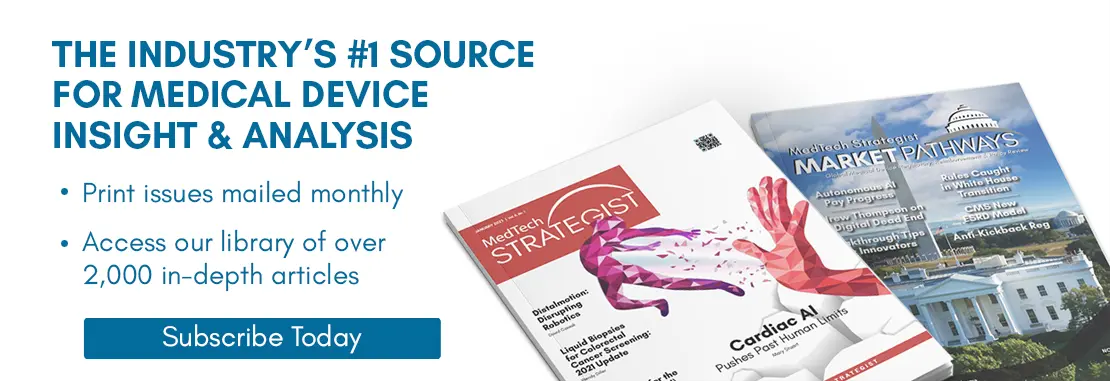ARTICLE SUMMARY:
In the transition toward the new IVD Regulation, May 2022 served as an important milestone for manufacturers applying for conformity assessments in the EU. Manuela Kaul, senior VP, global clinical affairs and regulatory affairs at bioMérieux, a world leader in in vitro diagnostics, is facing the new landscape firsthand. Here she discusses the challenges her teams have faced during this transition and what strategies have helped them find solutions.
It is a time of transition for IVD manufacturers like bioMérieux. As of May 2022, all new tests entering the EU market must comply with the IVD Regulation (IVDR) and the official countdown to full compliance by existing tests began.
|
Manuela Kaul, executive MBA, is the senior VP, global clinical affairs and regulatory affairs at bioMérieux. She has over 30 years of quality and regulatory experience in the medical device industry . |
The impact is global. While IVDR only applies to products sold in the EU, regulatory leaders are looking ahead for how these standards might impact the registrations outside of the EU as well, including in the US.
In this context, here’s some practical advice on how our company and others are navigating new requirements for data collection and sharing, while preparing to mitigate potential bottlenecks that could stand in the way of achieving CE status.
These are five recommendations to help manufacturers address some of the challenges they may face. Anticipation and preparation are key to ensuring that already existing and new diagnostic tests are available for patients and healthcare systems.


